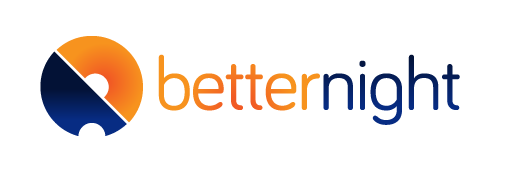The Roles of Home Sleep Testing and In-Lab Testing for Obstructive Sleep Apnea
If you have been told you snore, wake up with a dry mouth or suffer from daytime drowsiness with brain fog, you may be one of the 25 million Americans who suffer from obstructive sleep apnea. While these symptoms may seem like more of an annoyance than signs of something serious, Obstructive Sleep Apnea has been linked to chronic health conditions ranging from hypertension and diabetes to coronary heart disease and Alzheimer’s. OSA is caused by an upper airway blockage resulting in frequent interruptions in the sleep cycle. Despite the fact that OSA is a serious sleep disorder with chronic co-morbidities, up to 90% of those with the disease go undiagnosed, according to the National Institutes for Health.
The first step in finding out if you are one of the millions of Americans who suffer from sleep apnea is to do a sleep test. There are two types of sleep tests available: a home sleep test (HST) or in-lab testing. Both types of testing are viable options that address specific criteria and are viewed as complementary to each other. According to Dominic Munafo, M.D., FABSM at the virtual sleep care platform BetterNight, 90-95% of those patients at risk for obstructive sleep apnea can be successfully diagnosed and treated with a home sleep test. Home sleep tests collect the data needed to determine a sleep apnea diagnosis through a series of sensors worn on the body during sleep.
A finger probe known as an oximeter is worn on the index finger to evaluate the level of oxygen in the blood. This is an important criterion to measure when testing for sleep apnea because blood oxygen rates drop during recurrent episodes of reduced breathing during sleep. If oxygen levels get too low, a condition called hypoxemia can occur, which can lead to high blood pressure, headaches, and shortness of breath. Additional equipment for a home sleep test includes respiration belts worn around the chest and abdomen and tubing in the nose to monitor airflow and breathing. This equipment is obtained through your doctor, and after 1-2 nights of use, it is returned and sent to a sleep technician who downloads and interprets the data from your study.
Home sleep studies are used for the majority of cases where there is strong clinical evidence of mild to moderate sleep apnea. The cost of an HST is significantly less than an in-lab study because there is no sleep technician required to monitor the process, and the equipment is much less sophisticated. The obvious convenience of doing a test in the comfort of your own home also provides the most natural sleep setting, which can make results more reliable. And during the time of Covid, when many sleep centers were closed, home sleep studies continued, providing uninterrupted service.
An in-lab sleep study offers a more comprehensive assessment and is monitored by a certified sleep technologist. In-lab studies collect more data than home sleep tests and can diagnose a broad range of sleep conditions. The equipment used measures additional information such as brain wave data and limb movements. This higher level of testing comes with a higher associated price tag that will vary depending on your insurance. Because a sleep lab is an artificial setting, some may find it is hard to get a good night’s sleep, which can also create less accurate results. An overnight study at a sleep center is best suited for those with a high clinical suspicion of severe sleep apnea or for people who have other heart or lung conditions. If your home sleep test was negative or you have been on CPAP for your already-diagnosed sleep apnea and have complications with the equipment, you may also be sent to a sleep lab.
Whether you choose an in-home sleep test or one done overnight in a sleep lab, the most important thing is to get tested and diagnosed. If you test positive for obstructive sleep apnea, it is crucial to start treatment right away. There are successful treatments available for sleep apnea, and taking the first step will help you achieve a better night’s sleep and better overall health.
To learn more about how BetterNight can help you provide more effective and efficient care to at-risk sleep apnea patients, contact us.

